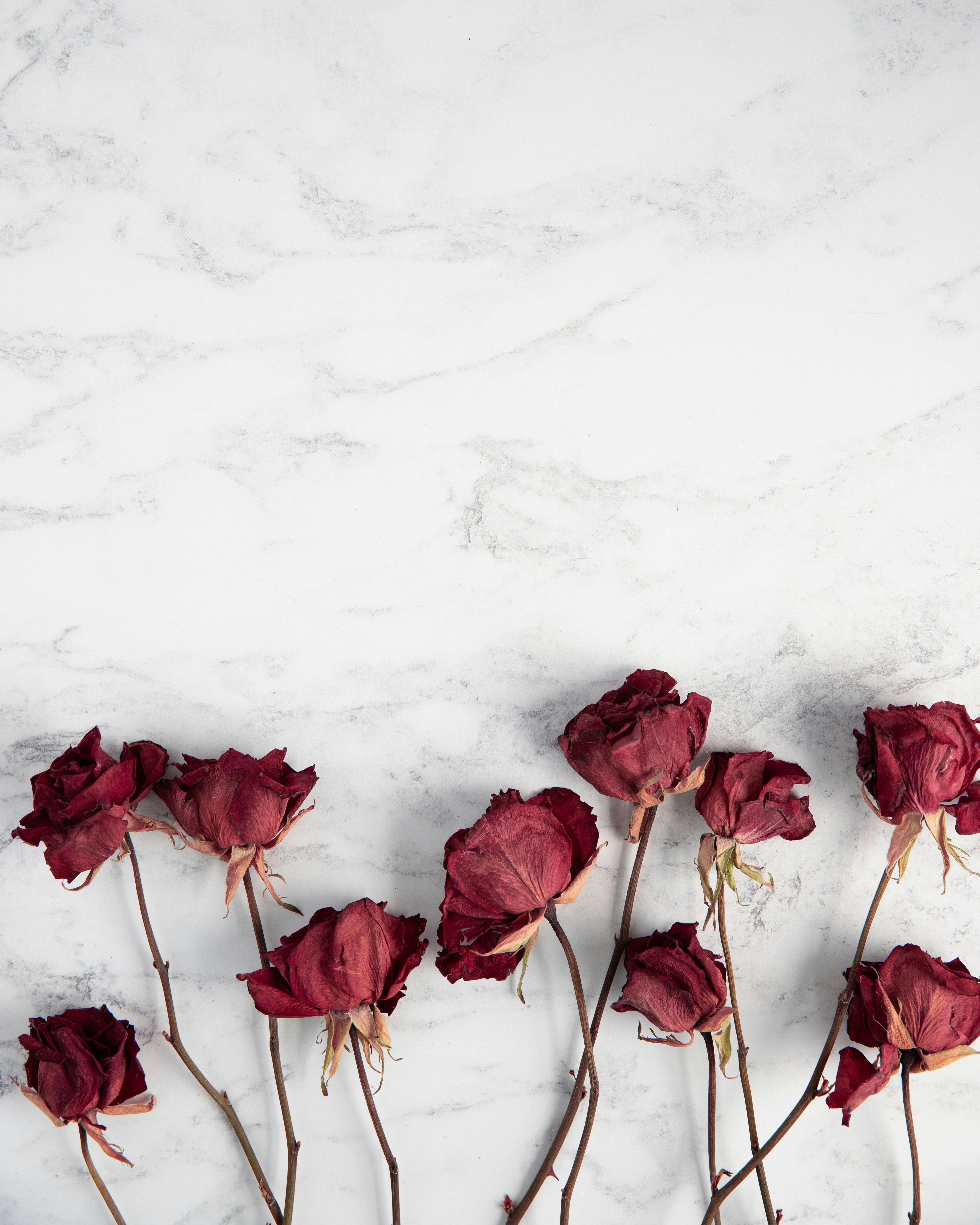
Cultural Relevance
There is something deeply poetic about the art of preserving flowers. A flower, in its fleeting beauty, personifies the impermanence of life. Yet, when dried, it captures a sense of eternity, of nature’s quiet perseverance.
For as long as flowers have bloomed, people have found ways to preserve them, whether for ceremonial purposes, decoration, or as a symbol of continuity through changing seasons.
From Nagaland’s tradition of preserving flowers to sustain their aesthetic value during off-seasons, to global civilizations that have embraced dried flowers for artistic and ceremonial purposes, the practice holds historical and cultural significance. Today, dried flowers can serve as a beacon for sustainability, offering eco-friendly alternatives in the form of incense, home decor, and more. The dried flowers tell stories of survival, beauty, and sacred connection to the earth.
Nagaland’s Flower Drying Tradition
In Nagaland, flower preservation became a way to extend the life of seasonal blooms. Beginning in the 1990s, the tradition was born out of necessity, as flowers would droop quickly in the region’s fluctuating climate. Women in Nagaland developed techniques to dry and preserve their local flora, such as orchids, marigolds, and wildflowers.
Today, dried flowers in Nagaland are not just souvenirs; they symbolize resourcefulness. The women artisans create beautiful bouquets, bookmarks, and home decor, which are sold in markets, sustaining their communities while honoring nature.
Japan’s Kado Tradition
Across the globe, Japan has long been a master of floral artistry, where the philosophy of Ikebana (flower arrangement) is deeply interconnected with reverence for nature. Though Ikebana primarily uses fresh flowers, the Japanese also developed the art of preserving dried flowers, especially in colder months when fresh blooms were scarce.
Egyptian Tradition
Perhaps one of the oldest civilizations to embrace the cultural significance of dried flowers is ancient Egypt. The Egyptians were meticulous in their rituals surrounding death and the afterlife, and flowers played a significant role in these practices. They believed flowers, like the lotus and papyrus, held sacred properties that could bridge the gap between the physical and spiritual worlds.
Flowers were often placed in tombs to accompany the dead on their journey to the afterlife. These floral offerings were dried naturally in the hot, arid desert air. Garlands made of dried flowers and herbs were discovered in the tombs of pharaohs, symbolizing rebirth and the eternal cycle of life and death. The use of dried flowers in this context was not only for beauty but also a powerful reminder of the Egyptians’ belief in life after death.
Native American Traditions
In Native American cultures, the Navajo and Hopi tribes used dried sage, sweetgrass, and lavender in their traditional medicine bundles. These plants were dried and preserved to gain their medicinal and spiritual powers throughout the year. In ceremonies, dried flowers were burned as part of purification rituals, where their smoke was believed to carry prayers to the heavens. Each dried flower or herb was chosen for its specific properties—whether for healing, protection, or honoring ancestors.
From Nagaland to Japan, Egypt to Native American tribes, dried flowers have been more than mere decorations—they carry cultural significance, symbolizing life, death, healing, and the eternal bond between humanity and nature.